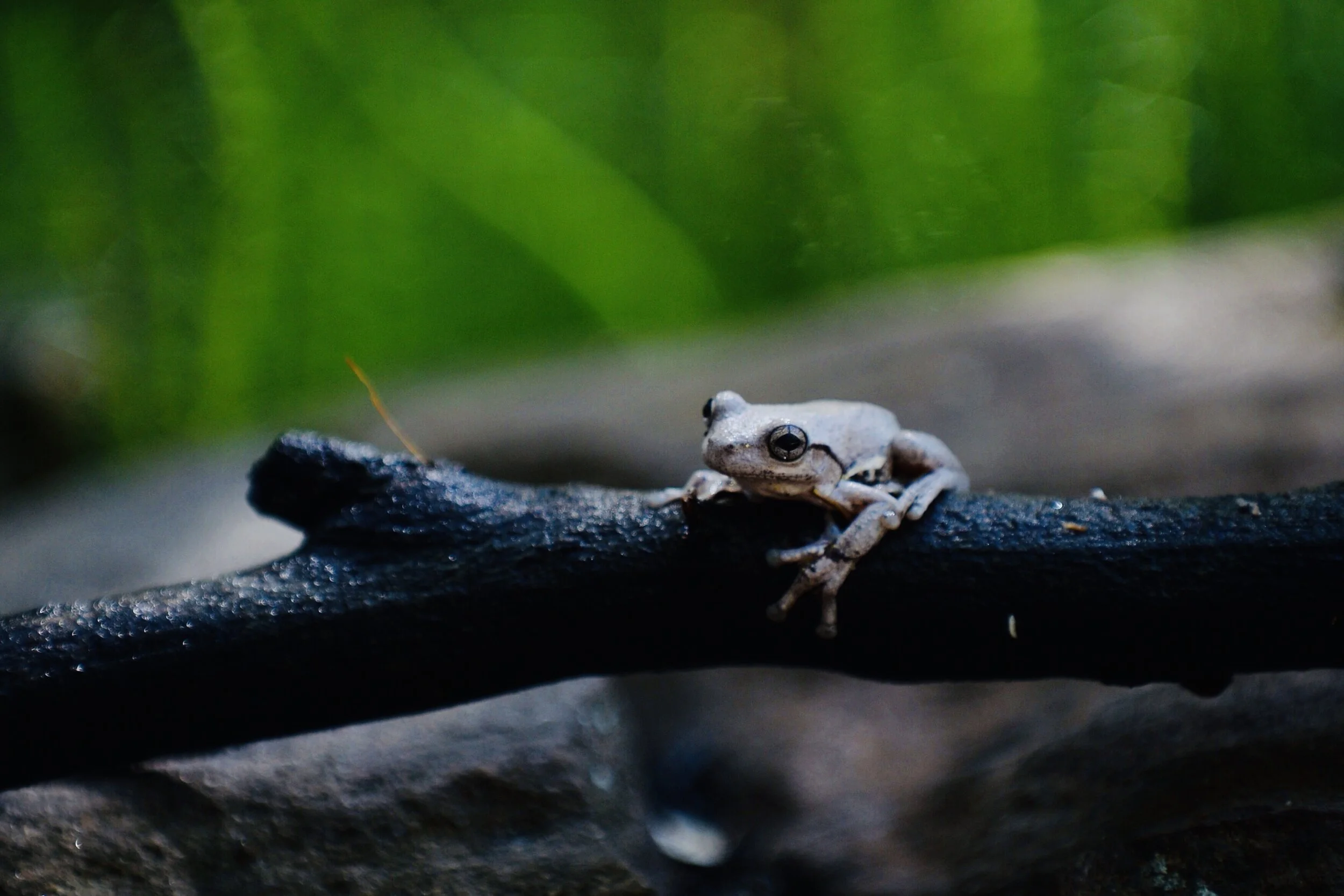Fire has sent some of Australia’s most popular national parks into an eerie slumber, but new growth is breaking through the blackness in other areas. While the bushfire season is far from over, in the Blue Mountains National Park of NSW, nature’s recovery is already underway.
Feral horses are wiping out rare species in the Australian Alps.
Kosciuszko National Park provides habitat for many endangered and vulnerable native species. The bushfires have decimated a lot of what was left. Feral horses now threaten to destroy the remainder, and an urgent culling program is needed.
Protected species in bushfire affected areas
The Australian Department of the Environment and Energy has released an initial list of threatened and migratory species which have more than 10% of their known or predicted distribution in areas affected by bushfires in southern and eastern Australia from 1 Aug 2019 - 13 Jan 2020.
Assessing Australia's ecological disaster
Yes, native plants can flourish after bushfire.
How predators respond during fires
As climate change continues, large, intense, and severe fires will become more common. But what does this mean for animals living in fire-prone environments? New research published in the Journal of Animal Ecology looked at studies from around the world to identify how predators respond to fire.
Citizen science: monitoring tree deaths
The Dead Tree Detective is a citizen science project run by researchers from the Western Sydney University to collect observations of dead or dying trees around Australia. It was set-up to help better understand the physiology of tree mortality and is open to all members of the public who notice dead or dying trees.













